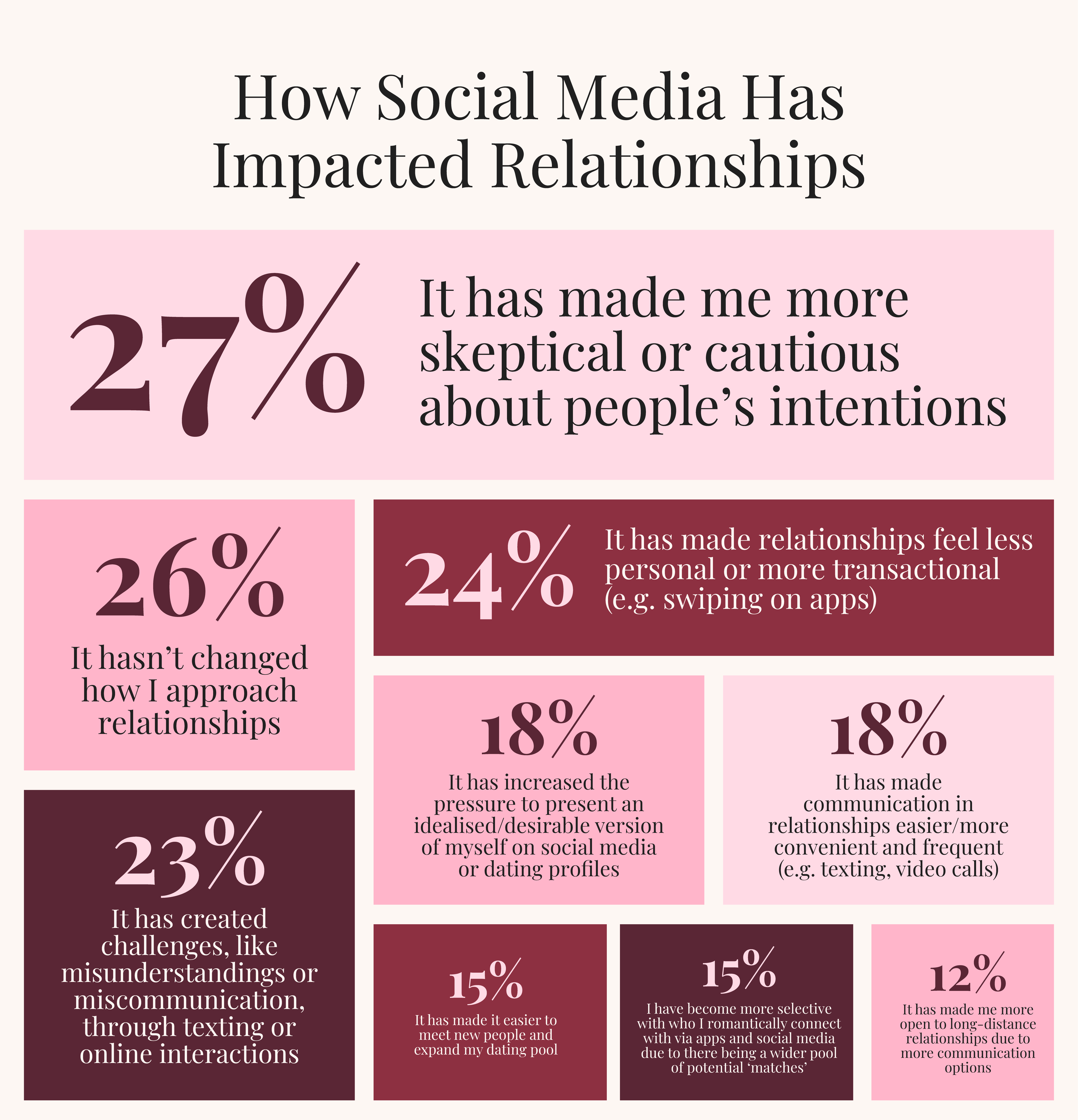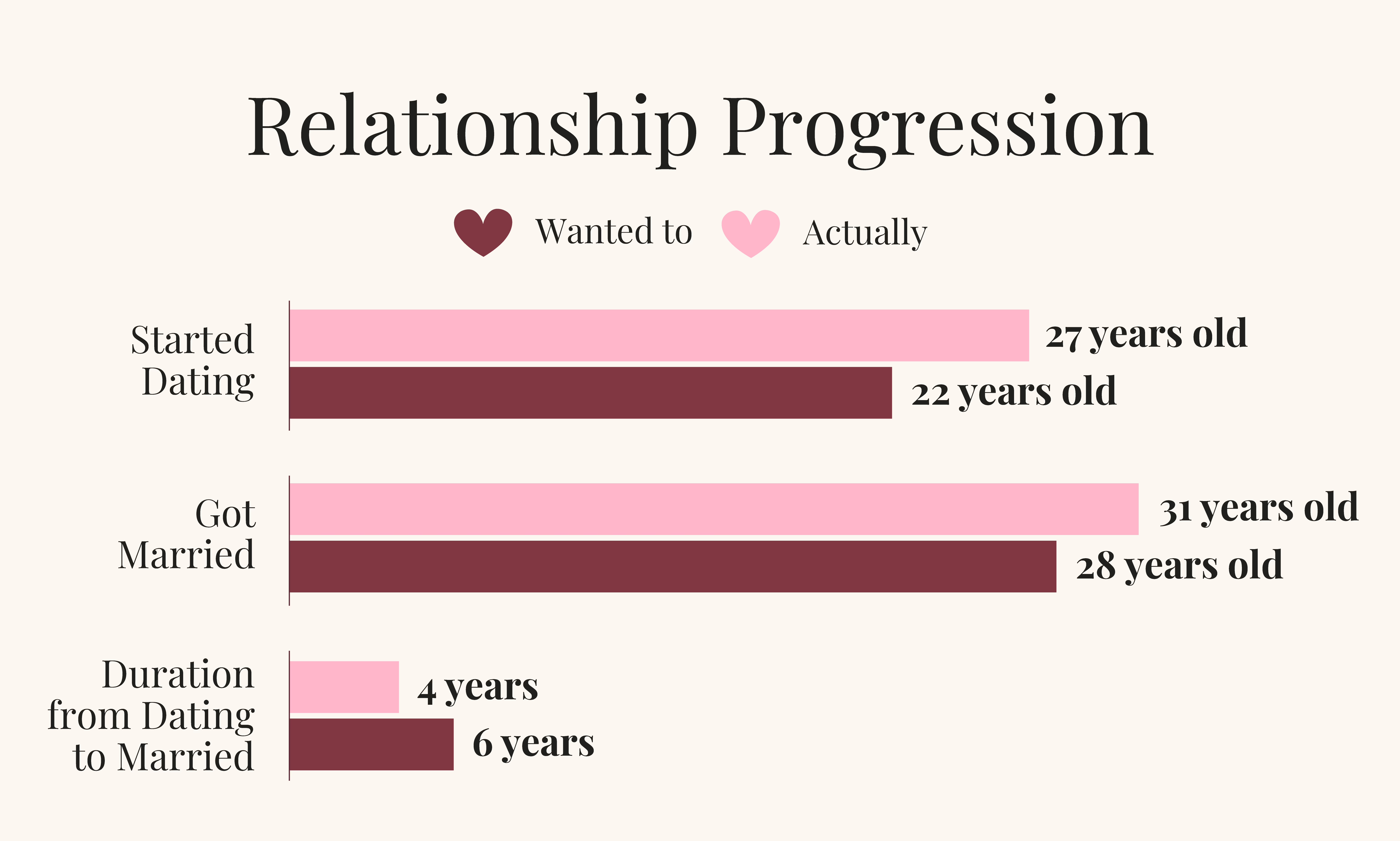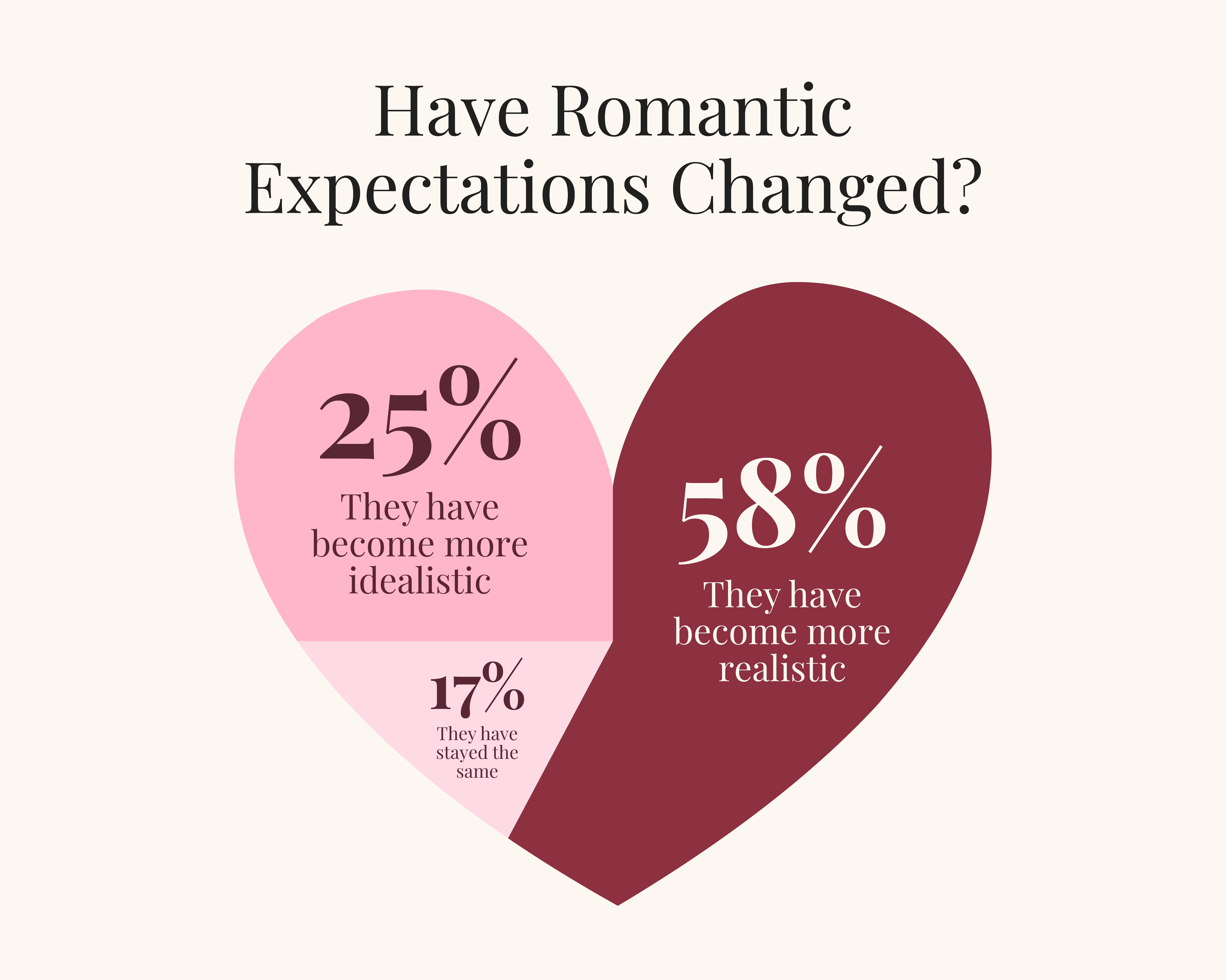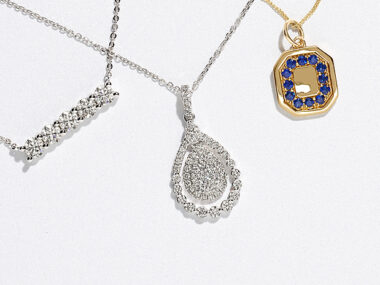
From Disney’s true love’s kiss to Mr. Darcy’s heartfelt declaration, we are surrounded by stories that set high expectations for love. So much so that 65% of Americans believe that society’s romantic expectations, influenced by the media, put pressure on real-life relationships. But how much have the rom-coms and fictional heartthrobs really changed our expectations in relationships? And what other factors shape our expectations when looking for love?
To build a better picture of romantic expectations in America, we asked 2,000 people to discuss whether they believe their expectations have changed as they grow up, and why they think that is. We also asked which forms of media influence their expectations the most, and how the growth of social media has affected how they approach relationships.
Modern-Day Romance: The Impact of Technology on Love
Romance has adapted to fit within changing lifestyles, societal shifts, and the rise of technology, leading to a shift in romantic expectations. A substantial 58% of those surveyed feel their expectations around romance have become more realistic over time, with just under half (48%) blaming various life experiences for the change. Thanks to the magic of social media, we no longer live in a time where we have to wait days for a handwritten letter from our lover. But has the ease of connection removed the romance from dating?
According to our survey, 34% of the population feels that social media is the biggest contributor to changing romantic expectations, the most of any media influences offered in the survey. While advances in technology allow us to have conversations instantaneously with anyone from anywhere, almost a quarter (24%) feel that relationships have now become less personal and more transactional as a result. However, the biggest impact of technology on our romantic expectations appears to be an increase in skepticism, making 27% of people more cautious about others’ intentions.

Social media’s influence is impactful for both women and men, but 3% more men feel it influences romantic expectations the most compared to women. And while most age groups agree that the biggest impact social media has had on how they approach relationships is the caution they now hold, a significant 30% of those aged 18 to 24 say the biggest impact is the miscommunication technology brings.
The Power of Love in Rom-Coms and Romance novels
While Tinder matchmakes 7.8 million Americans, new films and literature still hold on to the romantic tropes that make us swoon. Romance movies came second in the survey for having the most influence on our romantic expectations, with over a fifth (22%) naming it the most influential form of media.

While rom-coms seem to influence women 3% more than men, 20% of men still feel their charm influencing their romantic expectations. However, nobody feels the sway of a rom-com heartthrob more than those in Kansas, where 44% named romantic movies as the biggest influence on romantic expectations.
Not only does true love show up in the movies, but romance is found throughout decades of literature. The rise of the subgenre ‘Romantasy’ has reintroduced the ideas of soulmates and love triangles to a new generation of readers, but how much do regency balls and love triangles actually influence our expectations of love? According to our survey, the influence of romance novels only accounts for 5% of the population, with 3% more women being influenced than men.
Do Childhood Dreams of Relationships Match Up to Reality?
While there is no set timeline, many people still imagine a rough roadmap to love such as when they’ll meet “the one” or when they’ll walk down the aisle.
For many Americans, this dream timeline starts in their early twenties with partners tying the knot before they reach 30. Starting with meeting their partner, Americans expect to start dating their dream partner by the age of 22 and be married by 28. Therefore, that leaves just over six years (6.3) to build the perfect relationship before saying, “I do.”

However, the romance reality tells a different story. Life’s unpredictability, career goals, and the challenges of modern dating are just some factors that can push an ideal timeline back. According to our survey, most people meet their partner and start dating at the age of 27, with almost four years together before they get married at the age of 31. The difference between expectation and reality, therefore, reflects how real-life experiences often reshape our romantic ideals into something more flexible and personal as we grow older.
Not matching your expected romantic timeline can be frustrating, but these delayed milestones may reflect a deeper desire for authenticity and intention in relationships. A longer wait for that special person can allow you to take your time building stronger foundations, focusing on compatibility and personal growth before committing to a lifelong partner. No matter the speed, it is always worth waiting for the right person.
Dreamers in a Realistic World
As many Americans become more realistic with their romantic expectations, some may be a generation of dreamers. Over a fifth of those aged between 18 and 34 said they are becoming more idealistic with love, suggesting that despite life experiences and technology bringing a reality check, the charm of romance and meaningful connection is still strong.

Whether we are swayed by rom-coms or grounded by dating apps, a balance between reality and ideals reflects the complexity of modern relationships. Romantic expectations may change as we grow, but hope for romance remains a powerful and enduring force.
Methodology
We surveyed over 2,006 Americans on their romantic expectations and the influences on them, as well as what age they expected to meet and marry their partner compared to the real timeline. The survey was conducted in January 2025.
Fair Use Statement
If you would like to use this data, you are welcome to share any of the information or graphics above for non-commercial purposes. We just ask that you include a link to this page in your article when referencing the material.


